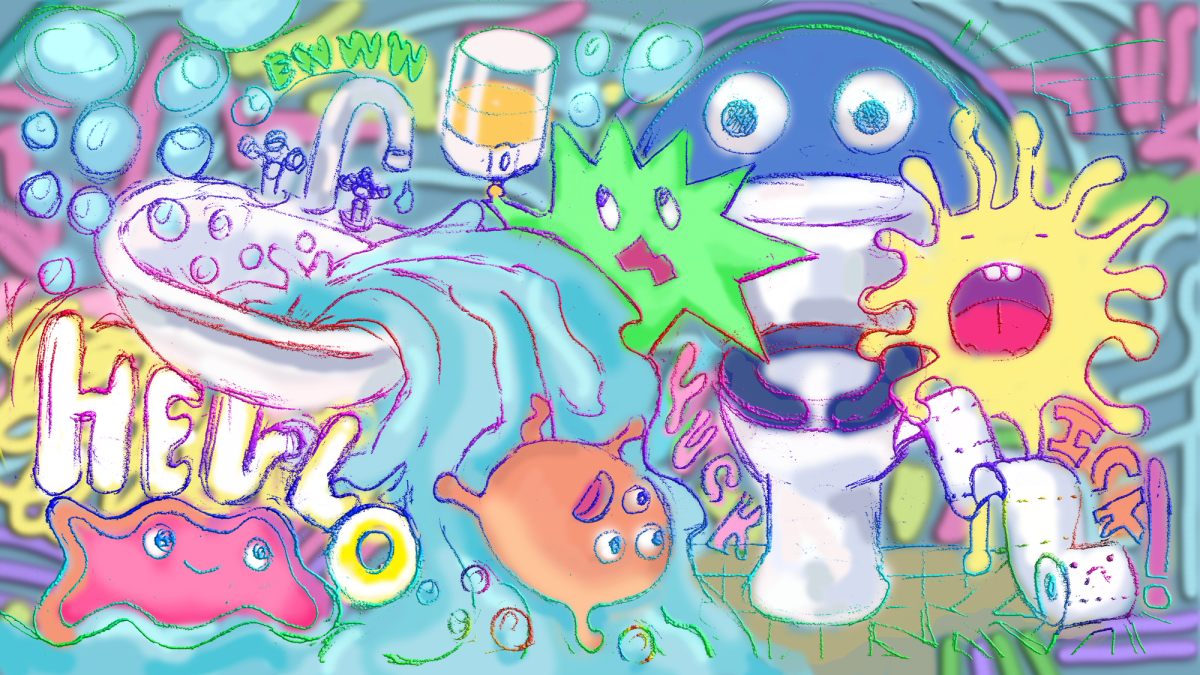The means are there; the demand is distant
At Issue: As a result of budget cuts and the cancellation of this year’s winter session it is uncertain if there will be one until October.
With winter session canceled this year as a result of high numbers of enrollment and not enough state funding for the session it is not yet a certainty if winter session will take place until the final verdict in October.
Canceling the winter session was predicted to have the least effect on students, but actually, many students may have had to wait an extra semester to transfer due to the cancellation.
Having short a semester is many times an important determining factor in when a student will transfer.
Students are more than willing to take an extra semester to get those tiresome general education courses out of the way and what better than a five-week semester to do it?
Every year, competition to get accepted into a university seems tougher, so the sooner a student can transfer, the better.
A lot depends on the number of enrollment. Large amounts of money are needed each semester to help pay for classes, instructors and other miscellaneous expenses.
The state requires the college to obtain a certain enrollment number in order for the college to receive funds from the state. But since the college has exceeded the minimum number of enrollment it will be even more difficult to receive the funds it needs to resume with the winter session.
South Bay beaches receive good grades
At Issue: With summer well on the way many South Bay beaches recieved good ratings, but people must maintain the cleaniness of the beaches.
Often associated with sun, surf and fun, California beaches are often considered ideal places to visit for many Californians and tourists.
On many days, it is common to see surfers riding the waves, as well as young and old alike wading on the shore.
In the 2002-2003 Beach Report Card by Heal the Bay, a non-profit environmental organization dedicated to beach upkeep, 85 percent of California beaches received a “B” rating or higher, based on water quality.
Although the majority of California beaches are safe, the fight is not over.
Some beaches, such as Cabrillo Beach in San Pedro, received bad grades due to problems such as dumping and runoff from storm drains, which create bacteria and cause sickness and disease for those who swim in it as well as kill ocean wildlife.
While the beaches that received high grades should be commended, it is also important for Californians to become aware of the problems that plague the shores and to take action in order to take care of the beaches, especially those that receive lower grades.
Joining organizations such as Heal the Bay can assist in the cause to rid beaches of pollution, making all California beaches safe and sanitary for humans as well as the many marine animals that call the ocean home.




